Texas Rig for Bass Fishing: What It Is, How It Works, and Why It Catches Fish
Today, we’re taking it back to basics. If you’ve been bass fishing for any length of time, you’ve probably used the Texas rig. Don’t run off just yet. There’s a lot to learn about this classic rig.
If not, and you’re brand-new to bass fishing, you’re about to add one of the most versatile and useful soft plastic rigs to your arsenal, and we guarantee that you will use it for the rest of your lifetime. At least, until you hang up your rod for good.
With all the flowery talk out of the way, let’s go over the legendary Texas rig.
Newsletter Signup
What is the Texas Rig?
The Texas rig is easily the most recognizable soft plastic rig in the entire sport. It’s the first rig that most bass fishermen learn due to how easy it is to make, versatile in what you can use it for, and how many ways you can present it.
Essentially, it’s a free-sliding bullet weight, a worm hook, and your soft plastic. We’ll get into the specifics more in the next section.
The way the Texas rig is set up allows for better casting, a fast descent, and pretty easy-to-nail presentations.
How the Texas Rig Works
One of the Texas rig’s strong suits is its simplicity. To understand just how simple it is, let’s go over making it first.
1: How the Texas Rig is Made
The only soft plastic rig easier than the Texas rig is a simple weightless rig, and we barely consider that an actual rig. You only need to slip a weight on, tie a knot, and thread your lure onto the hook.
Here’s how to set it up step by step:
Step #1: Get a bullet weight and thread it onto your line so the tip is pointing back up toward your rod’s tip. This sounds weird when you haven’t used it before, because it seems like the weight is going to fly backwards, but don’t worry. It works out.
Step #2: Let your weight slide freely, and tie an EWG hook onto the end of your line. You can use whatever knot you like, but we like the Palomar knot. It’s easy to tie, strong, and unlikely to slip if you tie it right.
Step #3: This is the only “complicated” bit of the whole process. Stick the point of your hook dead-center in the “face” of the lure, push it about ¼ inch into the lure, and then pop it back out. The belly of the lure should be facing upward, away from the belly of the hook.
Imagine that the hook’s point is aiming up to the sky, and the belly is pointing downward. This is important for the orientation. So, bear with us.
Slide the lure around the bend and up toward the hook’s shank. As you get it onto the shank, you’ll notice it kinks. Gently twist it around the shank as you keep sliding it up to the eye.
This is why it’s important to orient the body the way we said earlier. If you did it right, the lure will end up with its head on the shank of the hook, and it will be oriented right-side up in comparison to the hook point being “up” while you hold it.
If you threaded it wrong, it’s going to look like it’s swimming upside down. Try it with a fluke first, and you’ll see what we’re talking about.
Now, straighten the body out so it’s straight from the shank to the hook point. Take note of where the hook’s point bends first to align the point with the eye of the hook, and then jam the hook point fully through the lure at that point.
When you straighten it out, the lure should be perfectly aligned. Just take the tip and push it slightly into the top of the lure to make it weedless.
You’ll have kinks in the bait at first, and you’ll probably tear a few lures up having to rethread them, but you’ll quickly get the hang of it.
2: What You Need to Make the Rig
You probably have a good idea of what you need just from reading the previous section, but there are some nuances to consider.
First, let’s talk about the weight. You’re not locked into a certain size of bullet weight. It’s typically best to look at your rod’s weight rating and only choose bullet weights that fall within that range, but lighter or heavier weights won’t ruin the rig.
Our staff prefer tungsten weights because they have a much smaller profile for the weight and come through grass much easier than lead weights. And, they are more environmentally safe than lead weights.
They’ll simply change a couple of aspects of the performance. We’ll talk about that more shortly. A ¼ ounce weight is going to be a great option to start with if you’ve never done it before.
Then, there’s the lure and the hook. We highly recommend using EWG worm hooks.
The brand is up to you, but Eagle Claw and Gamakatsu hooks are our favorites. The size needs to be matched to the lure to create that perfect alignment we talked about.
The lure is the most flexible part of the rig. Worms, craws, flukes, creature baits, grubs, lizards, stick baits, turds, frogs, and pretty much any other type of soft plastic bait is going to work with a Texas rig.
Now, some make more sense than others. So, keep that in mind. However, they’ll all work if you use a hook that’s sized appropriately.
Usually, people use the Texas rig with creatures, worms, and craws.
Why the Texas Rig Catches Bass
Now you know what it is and how you put it together, but why does this setup work so well? Well, there are a few reasons.
We’re going to break this into three sections. How it helps the angler, how it presents the lure, and the extra benefits it provides that make catching bass easier.
1: How the Texas Rig Helps Anglers
In this section, let’s talk about what the Texas rig does solely for you to help you catch bass. There are 2 ways the Texas rig helps:
#1 It’s fast and easy. You aren’t spending 15 minutes tying up a complex rig every time it breaks off or you need to switch things out. Even if you’re brand-new to making it, you’ll have it ready to go in a couple of minutes.
After you’ve tied it a few hundred times, you’ll tie Texas rigs in less than a minute. It’s that simple.
This means that you spend less time fussing with your rig and more time fishing.
Every second you keep your lure in the water is an extra chance to catch a bass.
#2 There’s the casting advantage. That bullet weight is going to cut through the air like butter and drag that lure with it. If you’re used to casting bobber rigs, you’re in for a treat.
Your precision is higher, your casting distance is longer, and it feels smoother. Overall, this allows you to have much better control over where you’re putting the lure. Whether that’s right up along weed lines or in the middle of the lake.
2: How the Texas Rig Presents to Bass
Presentation is one of the most important parts of fishing. There are plenty of people with stories to tell about catching bass and bluegill on bare hooks because they were good enough to make that hook aggravate the fish enough. Of course, conditions play a big part in that, too. There’s still a point to it.
You can have the best lures on the market, but if you can’t present them in a manner that the bass like, you won’t catch anything.
The Texas rig makes presentation easy. We’ll cover three ways people use it, but there are a lot of things you can experiment with.
If you cast the rig out, let it sink, pause, and then hop it back to you, it can make a simple craw or worm look realistic. Especially craws since they hop backward through the water, and you thread them on backward.
You can also cast it out and reel it right back in. As long as you’re using a u-tail worm, paddletail, or similar lure that generates its action on a straight retrieve, you’ll have a realistic presentation just by reeling it in.
The last technique we’ll share is bopping it on the bottom. It’s the same as the first one, but instead of letting it settle, you keep twitching it as it touches the bottom.
This makes the lure look like a bait fish feeding on small crustaceans on the bottom. It creates a “pecking” motion. If you’ve ever watched underwater footage of bluegill feeding, you’ll know what to expect. Bluegill are prime prey for bass because they’re preoccupied and not running anywhere.
The cool thing about all this is that those techniques are far easier to do naturally with a Texas rig.
A lot of other rigs require you to focus on multiple aspects of the rig to present everything correctly.
With the Texas rig, if you understand how that bullet weight moves, which is extremely predictable, you can put that lure wherever you want without seeing it.
It’s super easy for beginners to learn how to use soft plastics with a Texas rig, and experts use it all the time for the same reason, even when they have access to more complicated and advanced rigs.
3: Other Benefits That Help You Catch Bass
There are a couple of other benefits that don’t perfectly fall into the other two categories.
The primary one is the benefit that you’ll usually hear people cite when they talk about the Texas rig.
If you look back at the section where we told you how to rig it, you’ll see where we said to lightly bury the tip of the hook into the body of the lure. That makes it weedless.
One of the biggest problems beginners have when they start using lures is that they get snagged a lot.
Just burying that tip a little bit makes sticks and debris slide right off the lure as you retrieve it.
Every once in a while, it can still happen, but it’s rare. Experienced anglers usually learn how to control that a bit more and avoid snagging even with exposed hooks, but it’s still a welcome benefit when fishing extremely snag-happy areas.
The other big benefit is that it’s so flexible. Not only can you do different presentations, but almost any soft plastic lure can be Texas-rigged and work well.
With the vast majority of rigs, you only use the rig for one or two types of lures, because the presentation is locked into a certain pattern.
There are still really good reasons to learn those other rigs and use them where they work best, but the Texas rig is one of the only ways you can go from using a craw one minute to a trick worm the next, and it will work extremely well.
This is another benefit that’s extremely useful for beginners in particular. When you’re just starting your tackle collection, you want to get the most bang for your buck possible.
The Texas rig lets you buy lots of soft plastic lures to try, and you only need a variety pack of bullet weights and some EWG hooks in two or three common sizes. It’s very cheap to make a robust tackle collection and just start with the Texas rig.
Are There Any Drawbacks to the Texas Rig?
While the Texas rig will work wonders for you, there are some minor drawbacks.
The most notable one is that you need to put a little extra oomph behind your hookset. With the way it’s rigged, the bass has to push the lure down the hook bend before the hook can catch it. It’s even harder if you buried the hook in the lure. It’s not too hard. You don’t need to manhandle the bass. You will initially lose a few fish figuring out the sweet spot, though.
The other downside is, when you pause your retrieval, the lure shoots down to the bottom. That can mess up some more finesse-based techniques. So, it doesn’t work for everything.
Add the Texas Rig to Your Arsenal ASAP
The Texas rig is easily the most common rig in all of bass fishing. Next to the bobber rig every kid starts with, the Texas rig is one of the first rigs most anglers learn.
If you’re new to it, find a spot with the BassForecast app and try the Texas rig out today!


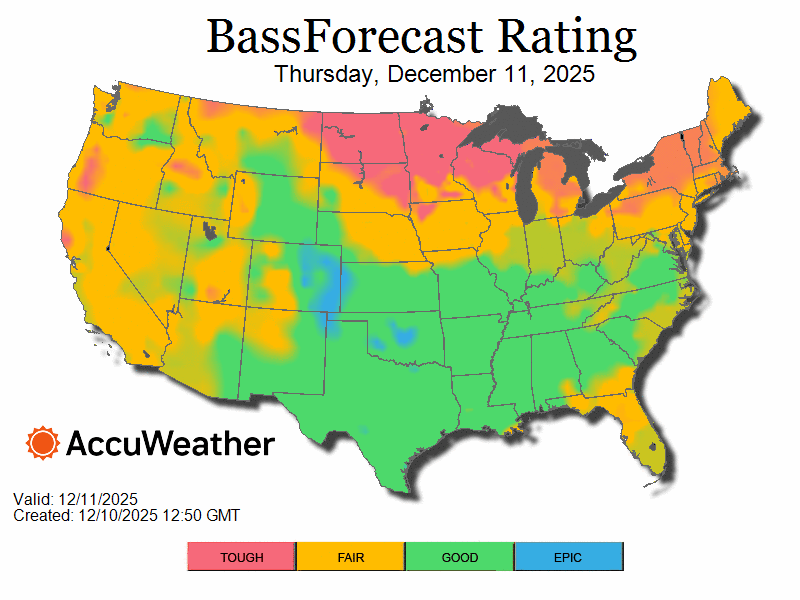
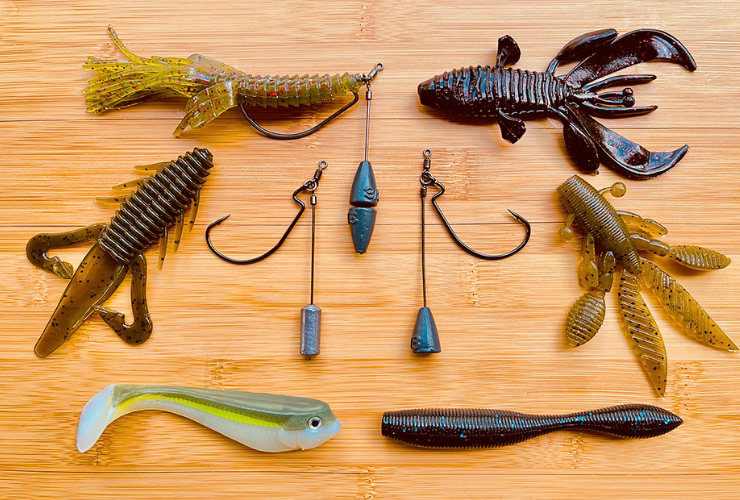
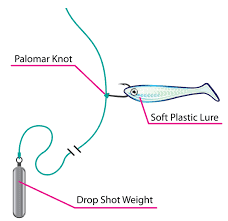
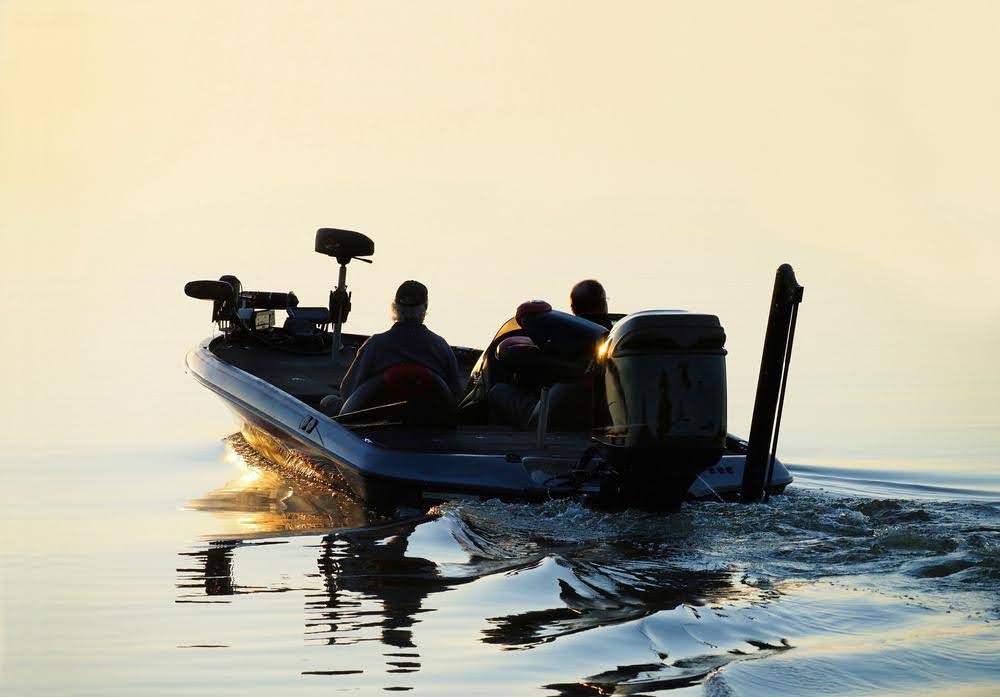
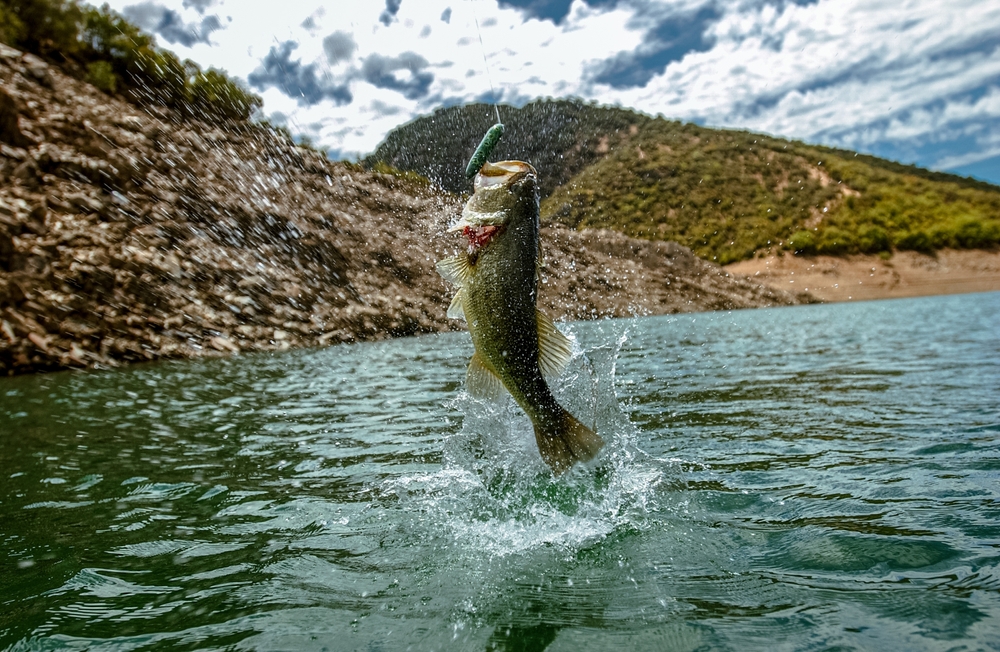



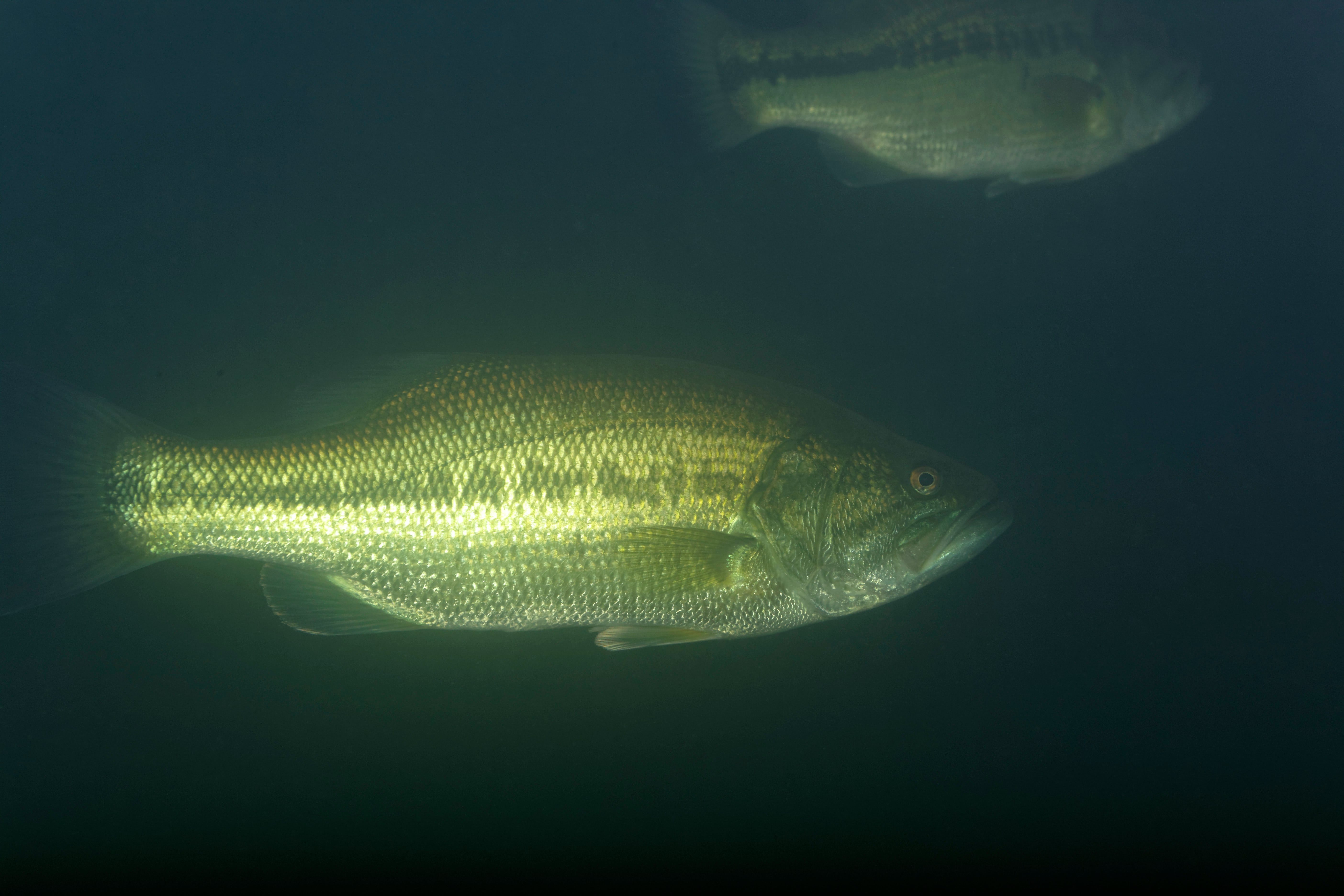
.png)
.png)